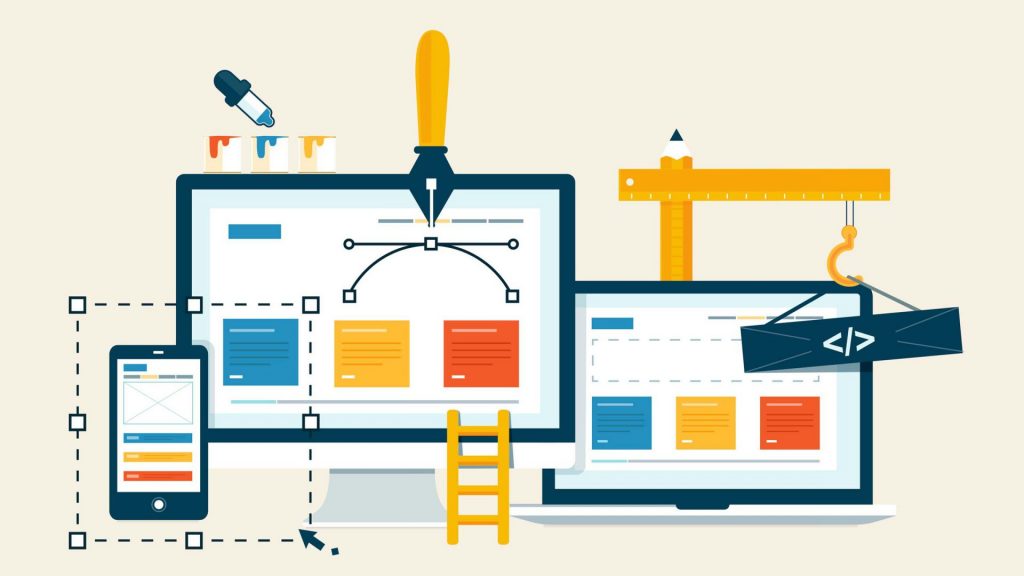Creating your first website can be daunting, especially if you’re new to web development. However, with the proper guidance and tools, you can create a website you’ll be proud of. This article will cover the basic steps of creating your first website. So, let’s begin our journey from zero to a website!
Understanding Website Architecture and Design
Before you start building your website, it’s essential to understand its architecture and design. The architecture of a website is its structure, which includes the different pages, sections, menus, etc.
In addition, site design is vital in how users interact with your site. Web design can include many elements, such as color schemes, fonts, images, icons, etc. Your site design must be consistent and easy for users to perceive.
Choosing a Domain Name and Hosting Provider
Picking a domain name is one of the first steps in creating your website. A domain name is a unique name that users will use to access your site. It is essential to choose a domain name that is straightforward to remember and reflects the theme of your site. In addition, you need to choose a hosting provider that will store your site on their servers and provide access to it over the Internet.
Choosing the Right Platform to Create Your Site
Once you’ve selected your domain name and hosting provider, you can start creating. You can use many tools to create a website, such as web designers, constructors, or CMS platforms.
Creating Content That Attracts Visitors
Content is what draws users to your site. It’s important to create interesting and useful content for your audience. Content can include text, images, video, audio, etc. You can also add content to your site through a blog, news articles, etc.

Creating a Site That Looks Great on All Devices
To create a site that looks great on all devices, you can use an adaptive design or create a mobile version of your site. Adaptive design allows your site to automatically change depending on the device’s screen size on which it is displayed.
Adding Functionality with Plugins, Widgets, and Add-ons
Plugins, widgets, and add-ons can help you add functionality to your site:
- Plugins are software modules allowing you to add functionality to your site, such as feedback forms, image galleries, contact forms, etc.
- Widgets are small programs that display information on your site, such as social media feeds, calendars, etc.
- Add-ons are features you can add to your site, such as social media “Share” buttons.
Promoting Your Site and Measuring Success
Once your site is up and running, you can promote it to attract more visitors. This may include using social media, contextual advertising, SEO optimization, etc.
In addition, you should evaluate the success of your site using analytics. Analytics lets you know how many visitors visit your site, which pages are most popular, etc. This information can help you improve your site.
Conclusion
Creating your first website can be daunting, but with the right guidance and instruments, you can create a website you’ll be proud of. In this article, we’ve covered the basic steps of creating a website.

